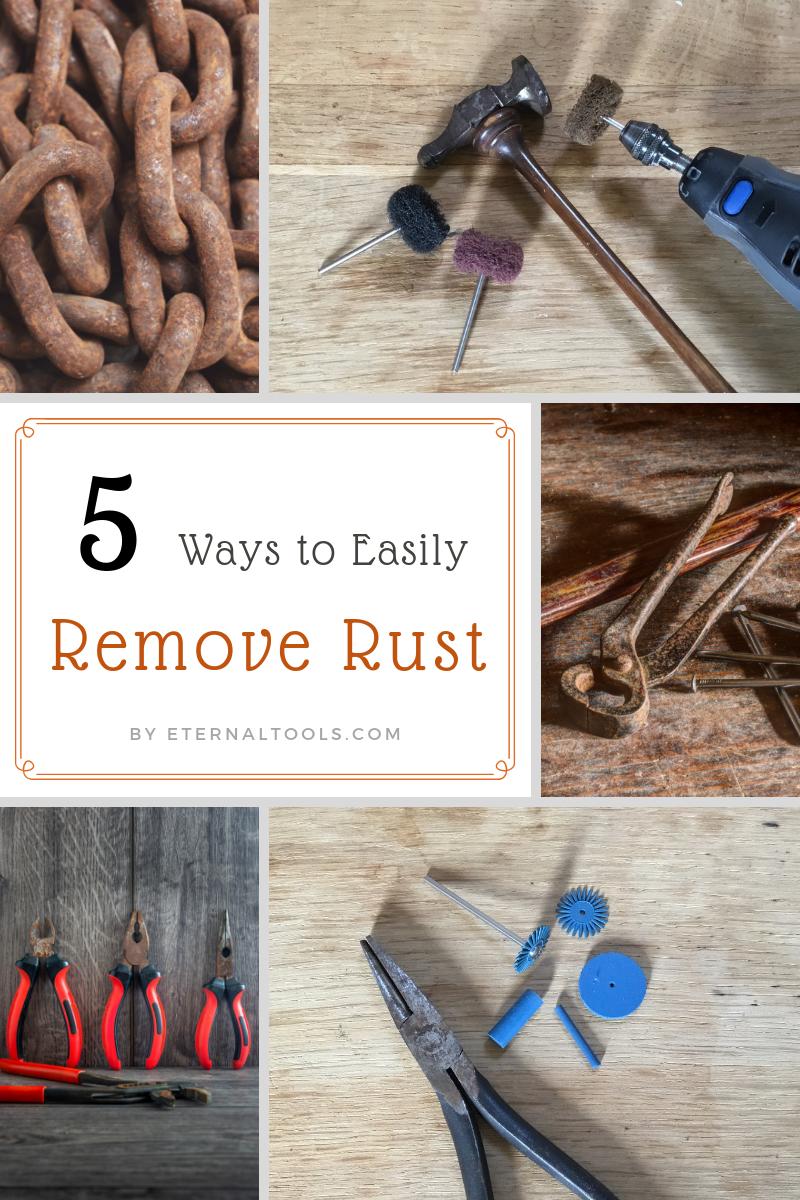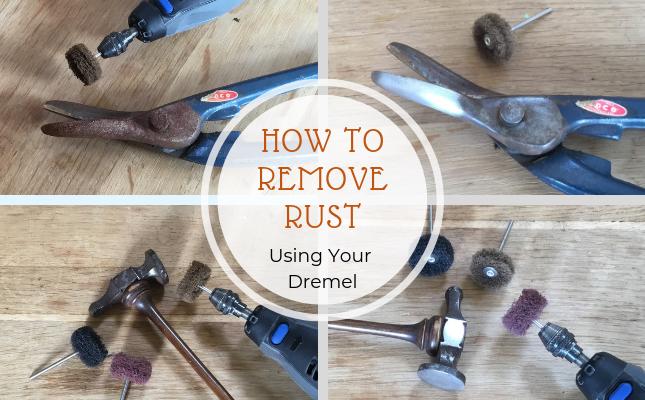How To Remove Rust From Heat Registers

What is Rust?
When a piece of Iron, Iron alloys or steel is exposed to h2o and oxygen information technology has a reaction called oxidisation. The advent of this corrosion is a ruddy-brownish flaky coating and is normally referred to as Rust.
Humidity and temperature with Oxygen can also crusade rusting so don't think that merely considering your jewellery tools are kept inside that they won't fall foul of rusting.
Exercise All Metals Rust?
All metals are susceptible to corrosion in some form or some other, just the term 'Rust' is simply used when referring to Iron, Fe alloys and steel.
Rust vs Tarnish?
Now we've established which metals will rust we can eliminate these and say that every other metal will corrode or tarnish, to some degree or other.
Copper is the common culprit in virtually things we see that have tarnished. The Patina (dark-green coloured staining) is acquired by the copper oxidising and this results in the build up of this tarnished layer
Sterling silverish in item is made upward of a mixture of metals including copper which is why you lot sometimes detect a band of greenish colouring on your finger.
Metals That Do Not Rust
Aluminium, Brass, Bronze, Galvanised steel, Stainless Steel, COR-TEN steel, Copper, Titanium, and noble metals such as Golden, Silver, and Platinum are all metals that do non rust. They can corrode, stain, or tarnish, just they volition non rust.
How to Remove Rust from Metal - 5 quick ways
There are numerous ways to remove rust, oxides and corrosion from simply about anything. Some methods use household cleaning products, aluminium foil and acid, and some are rotary tool attachment's for an piece of cake, quick and mess-free removal of rust. Accept a look at the list below for farther information.
1. Fiberwheels. Abrasive Buff Wheels
- This is by far the quickest and fuss-gratis method of removing rust from your metal items.
- Protective gear on (googles, eye mask etc)
- Attach a Brownish (fibroid) EVE Fiberwheel Abrasive Buff wheel into a rotary tool such as a Dremel gear up the speed to approximately vii,000rpm.
- Gently move the abrasive beyond the metal and within seconds the rust is gone.
- If you want to bring the metallic back to it's original lustre employ the Black (medium) to pre-polish, followed by the Cherry-red (fine) for a final polish and to return the metal to it's original shine.
See the before and subsequently images, forth with the very short video below:

2. Abrasive Safety Polishers
- Equally equally quick and easy every bit the Fiberwheels, and with no mess, are these EVE rubber abrasive polishers.
- They come in all shapes, grits and sizes but for the quickest manner to remove rust from your metallic jewellery tools insert a 500 grit (Bluish, very coarse) EVE Technic Polisher in your rotary tool and picket the rust disappear!
- They come in many shapes, mounted, and unmounted so you lot can choose to use a 3mm pin to get into the tight corners for instance, or a radial bristle disc - great for intricate areas. Choose a large cylinder for big surface areas, or a smaller cylinder shape for smaller rust removal jobs from metal objects.
- As with the Fibre annoying wheels mentioned above, yous tin then utilize the effectively grit rubber polishers inside the aforementioned range to bring the metal back to it's original mirror shine.
See the before and after images, along with the very short video below:

iii. Steel Castor Wheel or Aluminium Foil
An effective method of rust removal is past using steel and aluminium every bit an abrasive.
- Aluminium Foil - Tear off a modest piece of aluminum foil, dip it in h2o or vinegar and rub over the rusted parts.
- Use a Steel Brush wheel or a Steel Wire Pen Castor in a rotary tool such as a Dremel.
- These are not as effective as the methods described above, but accept long been used as rust removers.
4. Table salt and Lemon Juice/Vinegar
- Acidic solutions such as lemon juice and vinegar, forth with a niggling bit of table salt applied to the rusted areas, are another DIY method of rust removal from your tools. Leave for a few hours and then remove. The following is not a method we've tried and tested but manifestly the oxalic acid in a potato volition also dissolve rust away.
5. Baking Soda (Bicarbonate of Soda)
- The rusted detail can either exist dusted with blistering soda, or made into a paste with water or vinegar.
- Apply to the areas and go out for a an hour or so then clean off with a brush.
- Mark Lovick from the Lookout Repair Aqueduct shows this method in his excellent video: Service and repair of a Rusty Valjoux 7750 based Breitling Watch. Take a wait at the Youtube video here. He uses a mixed paste of soda and cleans off the watch parts with a toothbrush peg wood.
How To Prevent Metals From Rusting
The best mode to deal with rust of course is to avert it in the first place and so go on your tools dry and out of boiling and damp conditions.
Tools should be regularly cleaned, oiled and maintained.
Other methods to forestall rusting are protective finishes applied to steel such as Bluing (often used on small steel items for watches and clock mechanisms) powder coatings (These could exist acrylic, vinyl, epoxy etc) or Galvanizing (molten zinc coating)
Source: https://www.eternaltools.com/blog/how-to-remove-rust-from-metals-in-seconds
Posted by: mckenzieallat1971.blogspot.com


0 Response to "How To Remove Rust From Heat Registers"
Post a Comment